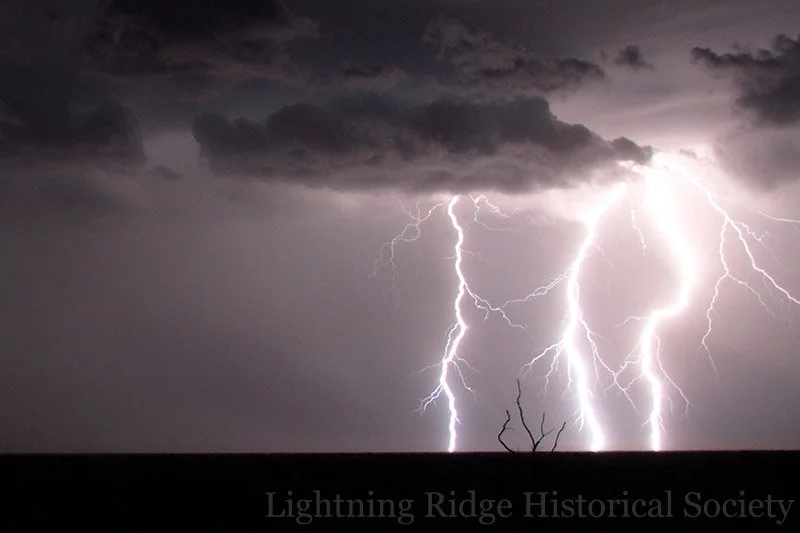Lightning Ridge, NSW, Australia
Lightning Ridge, The Home of the Black Opal, is an opal mining community in northern New South Wales, and the world’s main producer of gem quality black opal. The key industries at Lightning Ridge are opal mining, tourism and agriculture.
Population: ?
No one really knows the population of Lightning Ridge, due to a number of unique factors about the opal mining town. A great deal of the population live in "camps", which are temporary dwellings, often off-grid, on the mining fields. Various attempts to calculate the population based on post office records, census information and bread sales have calculated the figure to be somewhere near 5,000, but we may never know the true population. The population of Lightning Ridge swells during winter as itinerant miners return to the town to work during the cooler months. Numbers also swell during peak tourist periods, during which the abundance of accommodation options in the town are put to good use!
A Striking Name
Contrary to some stories, Lightning Ridge was not named simply because it is a ridge in an area where there is often a lot of lightning, although that’s not far from the truth.
“To the uninitiated, the name Lightning Ridge suggested a desolate and forbidding country where men are held only by the lure of jewels, but it received that sinister name because a mob of sheep was destroyed there by lightning.”
Photograph courtesy of Russell Gawthorpe.
Lightning Ridge is named after an event that occurred some time prior to 1880, when a drover and a flock of 600 sheep were struck dead by lightning on one of the ironstone ridges in the area. When, where and whether it actually happened are a mystery lost to the annals of folklore and oral storytelling. Many versions of the story exist, all with different details. The only consistency between them is that the strike happened on an ironstone ridge that was crossed by the traveling stock route.
The lightning strike incident is told in an interview with the late Elder Fred Reece, born in 1890. His nanny drove past the site in the 1870s with her employer Katie Langloh Parker of Bangate Station. It is recorded in My Bush Book by Marcie Muir, Katie's biography.
“Lightning Ridge was so named because in one of these terrible inland storms, lightning killed 600 sheep, the shepherd and the dog.”
In 1999, a historical marker was placed on a break in the ironstone ridge on the Castlereagh Highway (the modern equivalent of the traveling stock route), commemorating the lightning strike event. The marker was placed by the Historical Society in association with local council and the landholders who granted use of the ridge as a rest area.



